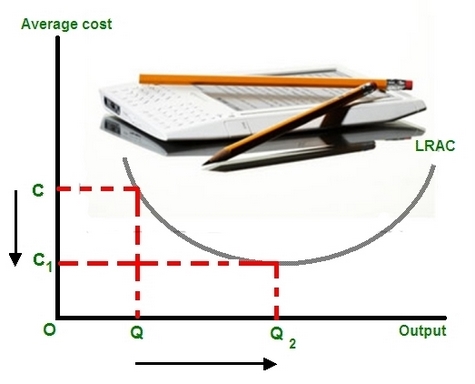Kindlenomics Zero: When e-Texts have no entry cost


Amazon's release of the Kindle for iPhone application today had me thinking about the economics of e-Texts again. Back in November of last year, I ran the numbers on how much money you could save by using electronic versions of books versus dead-tree equivalents, using two usage scenarios -- one for College and Graduate students that need to purchase textbooks, and the other for the average Joe who reads a certain amount of books per year.
Using those calculations, we determined that a typical college student over the course of eight semesters would save approximately $700.00 on books, if you factored in the entry cost of a Kindle at $359.00. At the graduate level, a typical yearly savings on textbooks would be about $200.
Click on the "Read the rest of this entry" link below for more.
For the consumer, we determined that a break-even point to make back the cost of a Kindle in the first year of use was a reading habit of six e-books per month, which equated to approximately $354.00 per year. In our first study, we neglected to do an analysis of magazine and newspaper reading and how that would impact savings, which was pointed out to us by many of our readers who find the Kindle to be valuable for periodical subscription reading.
Also See: Kindlenomics Zero (Excel Spreadsheet)
Also Read: Kindle Economics
But what would happen if the cost of entry to read Kindle e-texts was free? In other words, what if you already owned a compatible device, such as an iPhone, or some other platform that could read the texts, such as an inexpensive netbook? Then the numbers start to look a lot more appealing.
At the undergraduate level, given current average e-textbook prices, if you eliminate the cost of a Kindle, you are now saving $1059.00 over the course of 8 semesters, if the e-Texts were available. At the graduate level, you're saving $557.00 per year, also assuming the books were available on Kindle based on average e-textbook costs.
And novel readers? Obviously, if there's zero entry cost, then you immediately start saving money. If you read six books per month, you would save $354.00 per year. A more casual reader who read 3 books per month would save approximately $177.00 per year.
However, newspaper reading is when you start getting into serious cash. What jumped out immediately was a 1-year, 7-day subscription to the New York Times. The paper cost, using introductory first year best rates, is $487.50. The Kindle 1-year subscription is $160.00, netting a savings of $326.00 per year, or 67 percent off the discounted home delivery cost. If you were actually to buy it on the street at a newsstand, it would cost $1.50 per weekday, and $3 every Sunday, for a total of $624.00 per year. To put that in another perspective, an actual Kindle purchase at the beginning of the year makes sense if you read the New York Times on a daily basis, even at current Kindle prices, because you only fall slightly short of break-even at the home delivery rate -- $31.
Now that you know the economics of how much money you can save with a free e-Text reader, are you more inclined to buy Kindle books on the iPhone or future compatible device? Talk Back and Let Me Know.